
Dr. Jozafina Milicaj
Dr. Jozafina Milicaj recently defended her Ph.D. and presented her work entitled, “Biophysical Exploration of Heptosyltransferase I for Potent Inhibitor Discovery.” Jozie started at Wesleyan University in 2015 after completing her BA in Chemistry at Manhattanville College where she was heavily involved with the American Chemical Society chapter and even holding the position as president for her senior year. Jozie’s undergraduate research project was focused on analytical chemistry and the quantification of antioxidants from açaí berry sources through various extraction methods and UV-Vis radical capture assays. Upon starting at Wesleyan University, Jozie joined the research lab of Dr. Erika Taylor and began working on projects pertaining to Heptosyltransferase I substrate biosynthesis and optimization. Her projects then shifted to understanding and biophysically characterizing HepI and other glycosyltransferases like MshA for the purposes of inhibition of HepI. Having completed her degree at Wesleyan, Jozie will soon be starting her career in industry at Ginkgo Bioworks, a biotech company in Cambridge that professes in novel protein engineering where she will be characterizing and kinetically examining new proteins of interest.














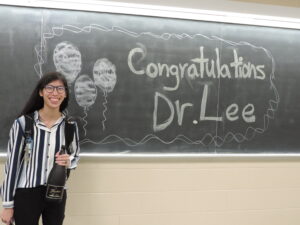
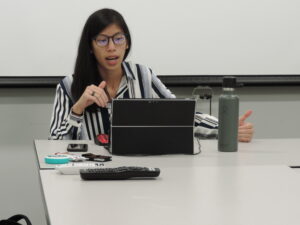 Dr. Andrea Lee
Dr. Andrea Lee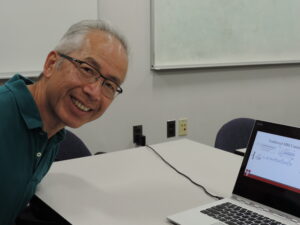
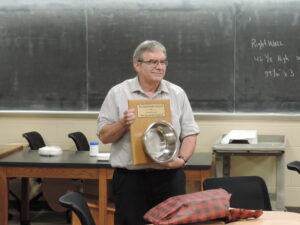
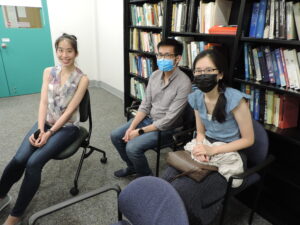
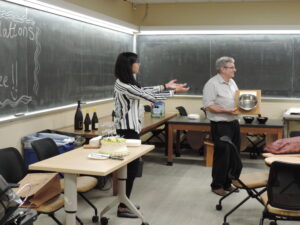
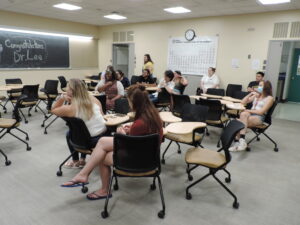
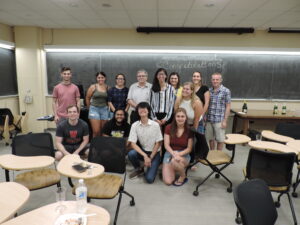

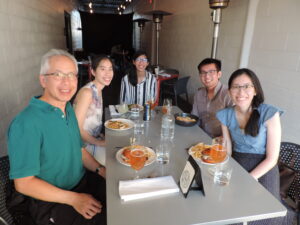 From left to right: Tom Lee, Kimberly Lee, Dr. Andrea Lee, Terrie Tin, and Samantha Lee
From left to right: Tom Lee, Kimberly Lee, Dr. Andrea Lee, Terrie Tin, and Samantha Lee

